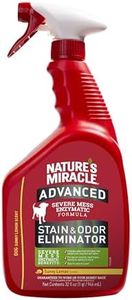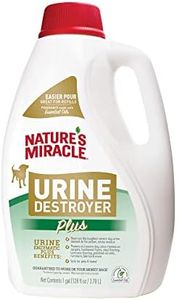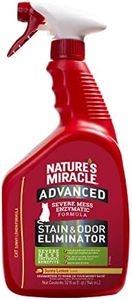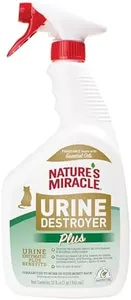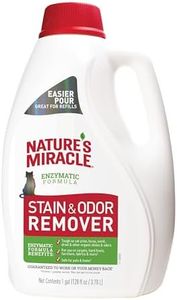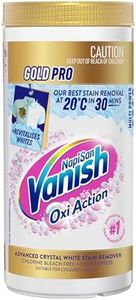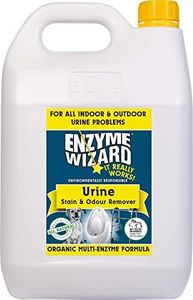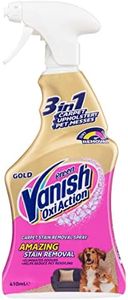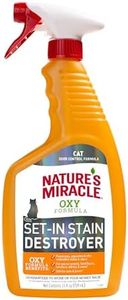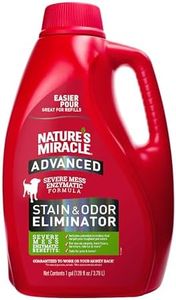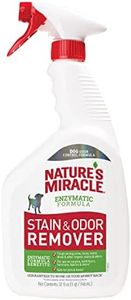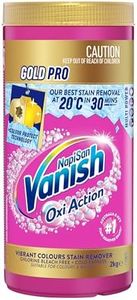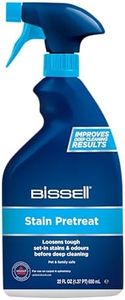We Use CookiesWe use cookies to enhance the security, performance,
functionality and for analytical and promotional activities. By continuing to browse this site you
are agreeing to our privacy policy
10 Best Enzyme Stain Removers
From leading brands and best sellers available on the web.Buying Guide for the Best Enzyme Stain Removers
When choosing an enzyme stain remover, it's important to think about the types of stains you encounter most frequently, where you’ll be using it, and any sensitivities in your household. Enzyme stain removers break down organic stains like food, grass, blood, and pet messes. Understanding how to read the key features will help you select a product that is both effective and safe for your needs.Type of EnzymesEnzyme stain removers use different types of enzymes to target specific stains. Common ones include proteases for protein stains (like blood or dairy), amylases for starches (like sauces), and lipases for greasy stains (like oils). The right one for you depends on what you need to clean: if you have pets, look for formulas with proteases and lipases; if you have kids prone to food spills, all-purpose blends with several enzyme types are best. Check the label to see the enzymes listed, as more enzymes usually mean broader stain removal.
Application MethodThese products come as sprays, liquids, powders, or gel sticks. Sprays offer easy, direct application and are good for quick treatment or larger surfaces. Sticks and gels are useful for targeted spot cleaning and travel. Liquids and powders are ideal for soaking items or adding to laundry loads. Choose the form that matches your cleaning style: sprays for convenience, sticks for portability, and liquids or powders for laundry routines.
Surface CompatibilityNot all enzyme stain removers are safe for every type of surface or fabric. Some work best on clothing and linens, others are suitable for carpets or hard surfaces. Read the packaging for compatibility claims. If you mainly clean clothing, a laundry-safe formula is best. For pet accidents or carpets, make sure it’s labeled for carpet and upholstery. Many products offer multi-surface use, but checking ensures you avoid damage.
Fragrance and SensitivitySome enzyme removers are scented to mask odors, while others are fragrance-free for sensitive users. If allergies or sensitivities are a concern, choose a product marked as fragrance-free or hypoallergenic. Scented varieties can leave a fresh smell, but may not be suitable for everyone, especially in households with babies, pets, or people with asthma.
Time Required to WorkEnzyme cleaners need time to break down stains. Some are fast-acting (ready to wash in minutes) while others recommend letting the solution sit for hours. For quick spot-treating, pick a rapid formula, but for set-in stains or deep cleaning, a slow-acting formula that can be left overnight might give better results. Consider your typical cleaning habits and patience with letting products sit.
Residue and RinsingCertain enzyme stain removers may need thorough rinsing because they can leave a residue that attracts dirt or irritates skin, while others are designed to be “no-rinse” and simply evaporate. If you want minimal steps or need to clean upholstery, a no-rinse formula is best. For laundry, residue is less of a concern since it washes out easily. Always check instructions to match your preferred cleaning approach.

